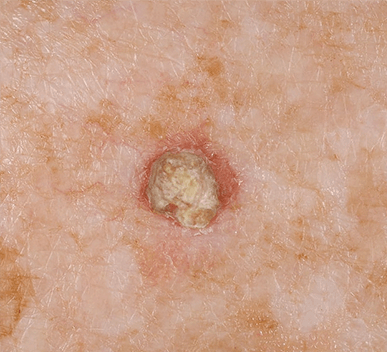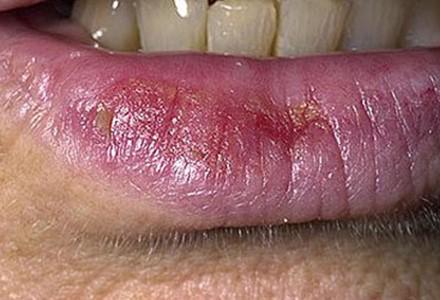
Seborrheic dermatitis affects many people in the United States. It is most common among adults and teenagers between the ages of thirty and sixty, but can affect individuals of any age. Among teens and adults, the disease is more prevalent in males than females.
Seborrheic is an inflammation of the sebaceous glands, which produce oil and sweat. The oil and sweat that are secreted by the glands help to protect and moisturize the skin and is the reason why seborrhea dermatitis occurs. As the gland produces too much oil and sweat, it can lead to inflammation and acne.
Although seborrhea dermatitis does not have an official name, most people refer to the disease as "sebaceous hyperhidrosis." It is a very common condition, with approximately seventy-five percent of the population experiencing the disease at some point in their lives. The condition can occur in both children and adults, and often appears around puberty. In some cases, it can continue well into adulthood, although the exact cause of the condition varies from one person to another.
Seborrhea dermatitis is typically seen in adults and can be mild or severe. Some symptoms of seborrhea dermatitis include excessive itching, redness, burning, and swelling. However, it can also affect children and can be mild or severe. Many people may also experience a combination of symptoms.
Seborrhea dermatitis is caused by an imbalance between sebum and sebaceous gland secretions. There are several causes of this imbalance, including hormonal changes during puberty, stress, illness, stress, and diet. Although the exact cause of the imbalance is unknown, it is believed that bacteria within the body to cause inflammation and thus seborrhea dermatitis.
Seborrhea dermatitis, although often painful, is not dangerous and can usually be treated with over-the-counter medications. For those who experience extremely severe symptoms, treatment should be sought by a physician. Medications such as benzoyl peroxide, topical steroids, and topical retinoids can be used to control inflammation and reduce the amount of sebum produced.
Seborrhea dermatitis should be properly diagnosed by a doctor in order to determine if your seborrhea has been caused by an imbalance between sebaceous gland and skin oils. A skin biopsy may also be necessary. Because seborrhea dermatitis is a chronic condition, a special dermatologist will examine the skin on a regular basis to see if there is a specific abnormality or infection in the skin.

Proper skin care can prevent future problems. Good personal hygiene and avoidance of irritants can help prevent skin infections, as well as outbreaks of seborrheic dermatitis. Regular cleansing and exfoliation can also help prevent acne outbreaks.
While seborrheic dermatitis can be painful and uncomfortable, most people can manage the condition with simple daily actions. For example, if you have oily skin, avoid overly oily skin products such as makeup and moisturizers and wash your hands as often as possible. If possible, you should avoid using scented soaps and cosmetics.
Also, you should drink plenty of water to keep your skin hydrated. Daily bathing in warm water containing lactic acid and glycerin will make your skin softer, smoother and less inflamed.
Seborrheic dermatitis often responds well to an anti-inflammatory natural treatment called tea tree oil. It is available without a prescription, but you must be careful when applying this product to sensitive, inflamed, damaged skin. It should never be applied directly to the affected area. Only a licensed dermatologist or plastic surgeon can give you professional treatment for seborrheic dermatitis.
Because seborrhea is caused by an imbalance between sebum and sebum production, the skin on the face, back, and neck tends to be very dry. Therefore, you may want to consider moisturizing the affected areas frequently. You can also increase the amount of sleep you get each night. This will allow your skin to regain even, supple skin.
Although seborrheic dermatitis is often difficult to treat, it can be controlled and even eliminated with home remedies. These home remedies are generally safe and gentle, and can be easily made at home. It is best to consult your doctor or website Handaldok Artikel Tentang Kesehatan before trying any treatment.